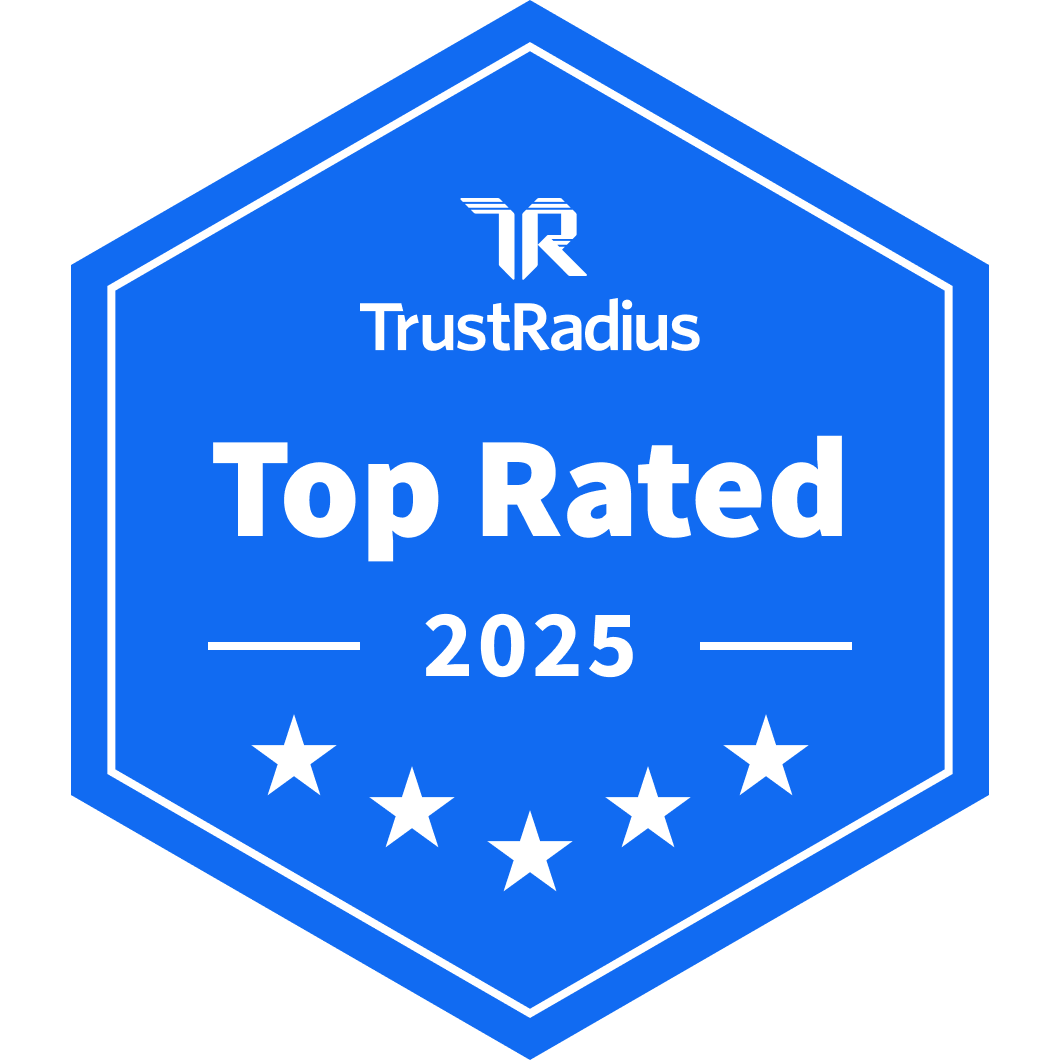
Save time and empower your finance team with Tipalti. The most complete AP solution loved by 5,000+ businesses.
Multi-entity accounting software includes ERP systems and third-party add-on accounting software, like AP automation, that integrates with multi-entity ERPs. Multi-entity accounting software and multi-currency accounting software are often used together because multi-entity companies and divisions often have international and global business operations using multiple currencies.
Companies with multiple business entities face unique challenges in multi-entity accounting. Finding the best software for multi-entity accounting can help your company overcome many challenges and achieve efficiencies and better visibility at the entity and corporation levels. Review our list of some top multi-entity accounting software solutions to consider.
What is Multi-Entity Accounting Software?
Multi-entity accounting software is a unified system for parent businesses with multiple companies and their business entities. Multi-entity accounting software includes ERPs, other types of integrated accounting systems, and AP automation solutions for accounts payable and global payments.
With multi-entity accounting software, multi-entity companies, subsidiaries, and divisions can budget, perform end-to-end payables and other accounting process workflows, prepare financial statements, and view entity-level reports and dashboards that roll up into consolidated views for the entire corporation.
ERP systems are a unified database system for:
- Accounting
- Bank accounts and bank reconciliations
- Accounts receivable
- Accounts payable
- General ledger
- Financial management
- Operations
- Purchase order and supply chain
- Inventory management
- E-commerce
- Project management
Accounting software also includes less comprehensive accounting systems used for bookkeeping, accounting processes, and managing financial data. CRMs for customer relationship management are generally not included in the ERP category. Learn the differences between ERP vs. CRM here.
Top-Rated Accounting Software with Multi-Entity Capabilities
The following list includes some of the best accounting software for multiple entities, ERPs, and AP automation software integrated with ERPs.
The best software for multi-entity accounting includes:
Microsoft Dynamics ERPs are also excellent multi-entity accounting solutions to handle business and accounting needs. You may find that another ERP system best fits your multi-entity company’s needs for its accounting functions and budget.
1. Tipalti
When your multi-entity company engages in digital transformation, it needs a multi-entity platform, payables automation and a global payments system that’s integrated with your company’s multi-entity ERP. Tipalti is a modern, cloud-based system with top-notch multi-entity accounting capabilities.
Tipalti AP automation software is used for electronic:
- Self-service supplier onboarding
- Supplier validation and screening against blacklists like OFAC
- Paperless invoice processing
- OCR scanning to capture invoice headings and line items, invoice capture via email, or digital invoice upload
- Error detection using over 26,000 payment rules
- 3-way matching
- Guided approvals
- Global payments with a choice of payment methods in 200+ countries and 120 currencies
- Tax compliance preparation reports
- Automated global regulatory compliance
Among its finance automation product offerings, Tipalti offers optional advanced FX software products, Multi-FX and FX Hedging for payables, that seamlessly integrate with and enhance the capabilities of its AP automation software.
Tipalti is a time-tested AP automation system used by over 3,000 satisfied high-growth small, medium-sized, and larger business customers. Based on its customer surveys, Tipalti has a 99% customer retention rate and a 98% customer service satisfaction rate. Tipalti streamlines end-to-end payables processes and increases efficiency by 80%. It helps companies reduce errors by 66% and speeds up the accounting close by 25% by quickly providing automated global payment batch reconciliations.
Tipalti helps your multi-entity business strengthen financial controls, provides an audit trail and enterprise-grade security, and helps your company reduce fraud risks. AI-driven Tipalti Pi capability (that’s also integrated with ChatGPT) lets you ask questions to gain business intelligence by entity and corporation to make better decisions.
Best for
AP automation, global payments, advanced FX
Price Range
$-$$
To continue growing, I was looking to adopt holistic and scalable solutions that integrated with our ERP, NetSuite. With the right technology, I believe finance can support the success of a global organization in a very cost-effective and efficient way.
Marc Balcke, Corporate Controller, Noom
66% fewer payment errors. 25% faster close. 80% less AP workload.


2. QuickBooks
QuickBooks, owned by Intuit, is low-priced small business accounting software with multi-entity capabilities. QuickBooks offers the cloud-based QuickBooks Online software product and the on-premises QuickBooks Desktop product line. Besides small businesses, QuickBooks Enterprise Desktop is used by some medium-sized businesses that can still meet QuickBooks’ number of users limits and find that its multi-entity capabilities are adequate for their needs.
With QuickBooks Online, you’ll need to buy an online accounting software subscription for each company. You can switch between companies with one sign-on. In contrast, with the QuickBooks Desktop accounting solution, you can create and account for an unlimited number of companies with one software license.
QuickBooks Online has different SaaS subscription plans with varying levels of included functions and maximum users. QuickBooks Online Essentials and Plus plans include multi-currency software features that can’t be turned off after Multicurrency is enabled. QuickBooks Desktop also has multicurrency capability once it’s enabled, but it can prevent using some other QuickBooks Desktop features, according to QuickBooks Desktop customer support.
To gain some ERP-like functionality, QuickBooks accounting software integrates with many third-party add-on software apps. Businesses can search for apps in the QuickBooks App Store or go directly to third-party software websites if they’re aware of the integration.
For example, to consolidate different business entities in your multi-entity corporation, you’ll need an efficient third-party integration or inefficiently use Excel spreadsheets or Google Sheets that are error-prone because that functionality isn’t included in QuickBooks. You can also integrate QuickBooks accounting software with Tipalti AP automation software for added efficiency, financial controls, and functionality.
Best for
Small businesses with small budgets
Price Range:
$-$$
3. Xero
Xero is cloud-based accounting software handling multiple entities, with basic multi-currency functionality for small businesses. Like QuickBooks, Xero has a marketplace for third-party software integrations that provide additional functionality. Third-party apps for Xero accounting software include financial statement consolidation and Xero-integrated Tipalti AP automation.
Xero offers different SaaS pricing plans. Higher-level plans include an unlimited number of users.
Best for
Small businesses with unlimited users
Price Range
$
4. Sage Intacct
Sage Intacct provides modern cloud-based multi-company accounting software primarily for small businesses and medium-sized companies. A distinctive feature of Sage Intacct is its multi-dimensional views produced through a simpler chart of accounts. Sage Intacct works well for revenue recognition and some other GAAP accounting standards.
Tipalti’s AP automation and other products integrate with Sage Intacct multi-entity accounting software.
Best for
Budget-conscious growing companies seeking multi-dimensional views
Price Range
$-$$
5. NetSuite
NetSuite is a mid-range cloud-based ERP system with extensive Suites (modules) to perform unified integrated system tasks. NetSuite also handles GAAP accounting well. NetSuite’s outstanding solution for global, multi-entity accounting is its OneWorld Suite product. NetSuite has real-time dashboards and reports.
NetSuite awarded Tipalti AP automation software as 2019 NetSuite of the Year winner. Tipalti’s AP automation product is a global multi-subsidiary accounts payable solution that’s “Built for NetSuite.”
Best for
Companies seeking a comprehensive ERP
Price Range
$$
Tips for Choosing the Best Multi-Entity Accounting Software
When choosing the best multi-entity accounting software, seek:
- Multi-entity features are included in the software that will meet your business needs
- Easy and efficient consolidation of financial statements, either through the multi-entity accounting software or a third-party add-on solution
- Financial controls, audit trails, and security
- Business process efficiency
- Availability of advanced foreign currency conversion and hedging (FX) features
- Views and reports at the entity level and corporate level
- Business intelligence for decision-making and cash flow management
- Buy-in from users, other stakeholders, the Controller, and the CFO for the selected multi-entity accounting system or ERP
The add-on or included multi-entity financial consolidation software should include intercompany transactions, balance sheet eliminations, and the roll-up of financial reporting into consolidated financial reports.
Summing Up
This guide defines multi-entity accounting software and presents tips for choosing the best accounting software for multiple entities. We have identified and described some top-rated ERPs and integrated third-party AP automation software as multi-entity accounting software. Your current ERP system may have excellent multi-entity functionality and best suit your business needs. To learn more about multi-entity accounting software, download our white paper, “How Multi-Entity Businesses Scale Payables.”
FAQs
1. Can One Accounting Software Be Used for Multiple Businesses?
One combined accounting software system, including third-party add-on software integrations, can be used for multiple businesses controlled by a parent corporation. Multi-entity accounting software is used by both underlying business entities, like subsidiaries and divisions, and by the parent company for accounting workflows and preparing financial reports at the business unit or consolidated levels.
See how end-to-end AP automation can transform your financial processes
Tipalti helps finance leaders eliminate manual payables, increase global reach, and confidently scale.



